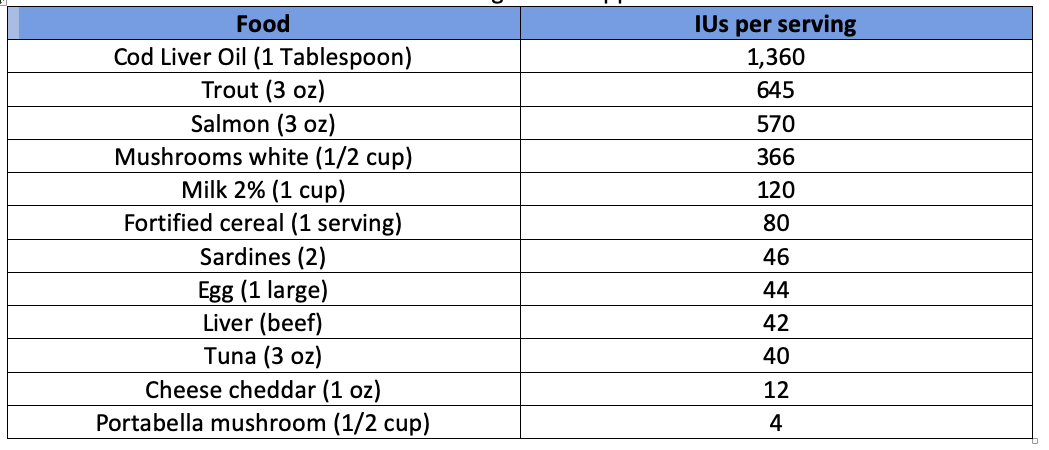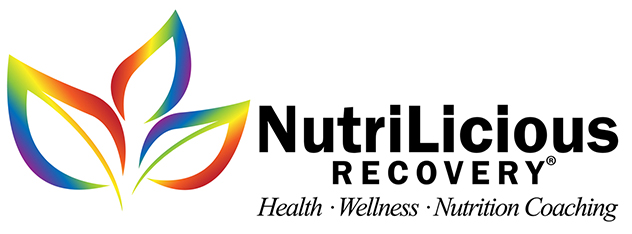Vitamin D is a fat-soluble vitamin that isn’t present in many foods. One of the ways we synthesize vitamin D is through sunlight on our skin. Many factors will control how much vitaminD our bodies can make (think location, altitude, season, skin darkness), so it is important to have a backup vitamin D strategy, especially in winters when we don’t have as much opportunity to be in the sun outdoors. Darker skin reduces the absorption of vitamin D.
Vitamin D is very important for our immune system to run optimally. Some of its functions include:
- Stimulate lung protection from infection; reduces risk of acute respiratory infection
- Inflammation reduction
- Helps with calcium absorption (promotes healthy bones)
- Modulation of cell growth (including apoptosis)
- Neuromuscular functions
- Helps to prevent colon, prostate, and breast cancers
There are no known studies proving prevention, reduction, treatment, or a cure against COVID19. That said, many scientists are talking about ensuring adequate vitamin D especially now in light of pandemic conditions.
According to the USDA, adults and children (1-70 years) need 600 IU of vitamin D daily, with older adults needing 800 IU daily. This vitamin is not easily found in foods, but below are some food sources. Non-food sources include sunlight and supplements.

Obtaining sufficient vitamin D from food alone is difficult, hence the need to fortify staple foods with vitamin D (milk, cereals, orange juice, yogurts, margarines). If people have fat absorption issues, this can reduce the uptake of vitamin D also. Many people depend upon vitamin D supplementation to meet the recommended daily intakes.
With supplementation, there can be potential interactions with medications (steroids, weight loss medications) and risks that come with getting too much vitamin D. Excessive vitamin D can cause symptoms (anorexia, weight loss, heart arrhythmias, excessive calcium-blood levels). Excessive calcium-blood levels can lead to vascular and tissue calcification along with other damages.



